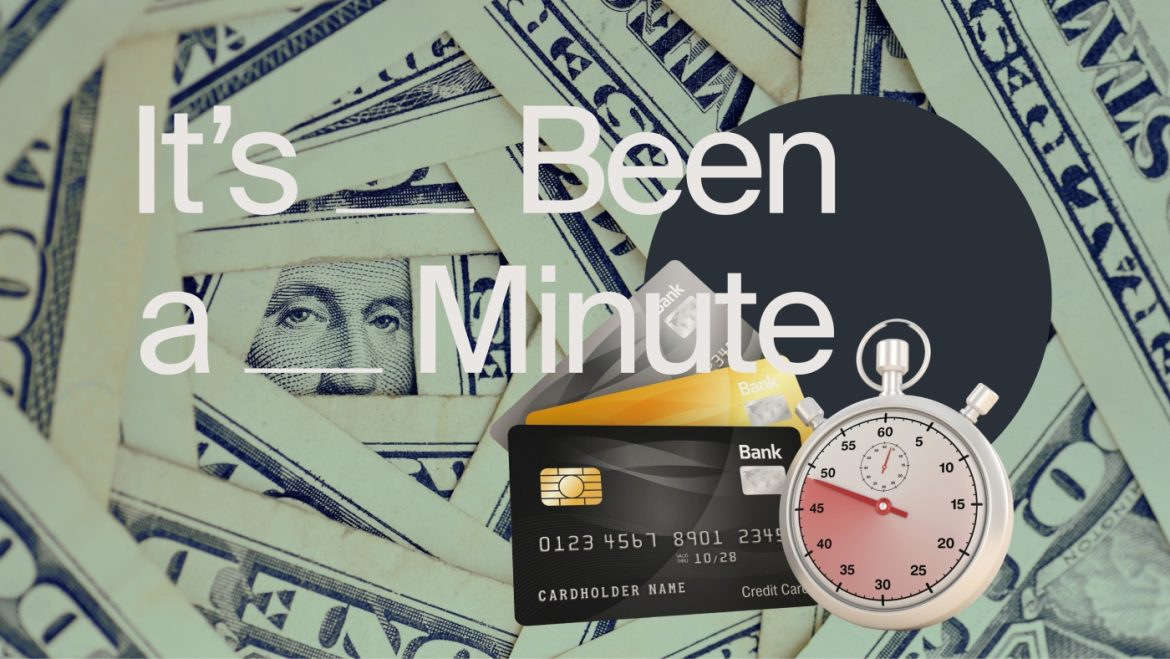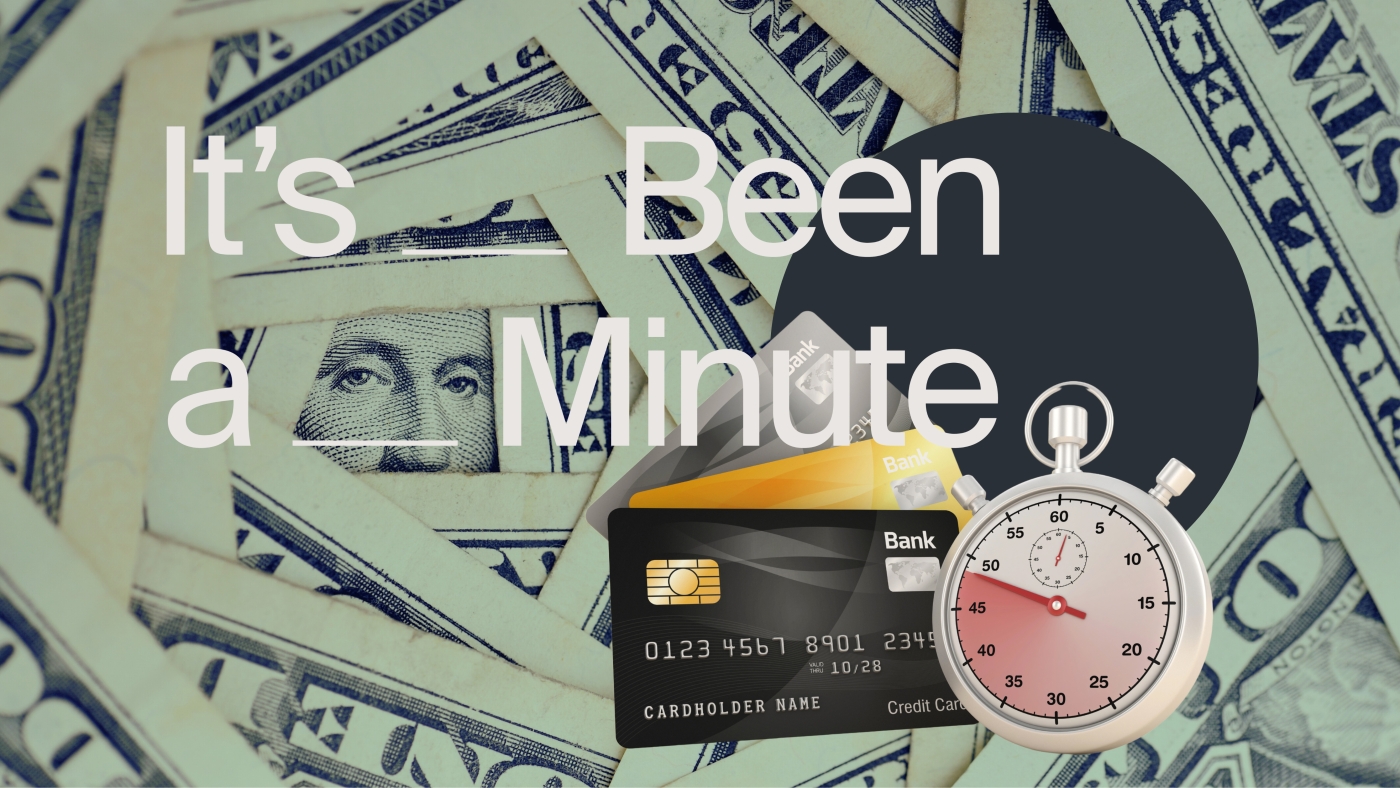The Evolution from the Millennial Lifestyle Subsidy to Buy Now, Pay Later (BNPL)
The American retail and credit landscape has experienced a marked shift in consumer financing strategies, especially among Millennials and Gen Z. Over the past decade, what some have termed the “millennial lifestyle subsidy” offered a unique dynamic—venture capital-backed services provided convenience and luxury experiences at heavily discounted or subsidized rates. This era, however, is waning, and in its place, “Buy Now, Pay Later” (BNPL) options are emerging as a new vehicle that potentially fills the financial and lifestyle gaps caused by the subsidy’s end. This report delves into the intricacies of these phenomena, exploring their origins, impacts, and implications for consumers.
Understanding the Millennial Lifestyle Subsidy
For years, Millennials enjoyed the benefits of what has been called the “lifestyle subsidy.” This was characterized by tech startups, often flush with investor capital, offering services like discounted Uber rides, free or cheap food delivery, streaming content, or other lifestyle conveniences. The hallmark of this period was affordability combined with novel convenience, allowing consumers to maintain or aspire toward higher lifestyle standards on relatively modest incomes—often summarized as living a Balenciaga lifestyle on a Banana Republic budget.
However, this phase relied heavily on investor money to subsidize costs, and as that flow diminishes, the cheap conveniences once easily accessible are fading. This withdrawal leaves a vacuum for a generation caught between stagnant wages, rising living costs, and significant financial burdens, such as housing affordability challenges.
The Rise of Buy Now, Pay Later as a Financing Solution
Buy Now, Pay Later services have rapidly gained traction among Millennials and Gen Z as a popular credit alternative, offering short-term, interest-free installment loans that spread the cost of purchases over time. Major players like Klarna, Affirm, and Afterpay have made it relatively easy for consumers to finance significant purchases—from furniture and electronics to everyday groceries—without the immediate financial strain associated with traditional credit cards or loans.
BNPL’s appeal comes from its simplicity, transparency, and the psychological ease of breaking payments into manageable chunks. Moreover, BNPL does not typically involve interest fees if payments are made on time, distinguishing it from conventional credit.
Does BNPL Fill the Gap Left by the Millennial Lifestyle Subsidy?
With the sunset of the millennial lifestyle subsidy, BNPL appears to step in as a quasi-substitute. Instead of relying on heavily discounted or subsidized services funded by third parties, consumers now spread out payments for essential or lifestyle purchases, effectively financing their habits through deferred payments rather than upfront affordability.
Experts and commentators observe that BNPL offers a new kind of subsidy—not from investors directly, but through the financial structuring of purchases that ease immediate cash flow. This model provides shoppers with short-term liquidity, enabling them to maintain consumption levels closer to their aspirations despite income stagnation.
The question remains whether BNPL is a sustainable or safer alternative. Unlike investor subsidies, BNPL loans require eventual repayment, with penalties for missed payments and potential effects on credit scores. Additionally, this option can encourage increased spending beyond means, creating debt cycles for vulnerable consumers.
The Demographic Shift and Consumer Behavior
Gen Z, while also embracing BNPL, appears to approach it with a different attitude compared to Millennials. Recent studies suggest that Gen Z is currently trading traditional credit card use for BNPL’s perceived transparency, though experts caution this could lead to future financial pitfalls.
By 2030, Millennials and Gen Z are forecast to account for nearly half of retail spending. Their preference for payment flexibility aligns with broader trends in digital wallets, mobile payments, and flexible financial products. Merchants, recognizing this shift, integrate BNPL options into checkout processes, capitalizing on increased conversion rates and average order values facilitated by this payment method.
Regulatory Landscape and Market Evolution
The rapid expansion of BNPL has caught the attention of regulatory bodies. Some countries, Australia notably, have begun imposing regulations similar to those governing traditional consumer credit to protect consumers from over-indebtedness and predatory practices.
BNPL’s classification as a credit product introduces compliance requirements, fostering safer lending practices but possibly curtailing the easy access and low-cost nature that made it attractive. The evolution of these regulations could further shape the role BNPL plays as a financial tool for younger consumers.
The Risks and Realities Behind BNPL
While BNPL offers a tempting solution, it carries inherent risks:
The shift from lifestyle subsidies funded by venture capital to credit-driven consumption implies consumers are trading third-party generosity for a personal obligation that must be carefully managed.
Conclusion: A Transition from Subsidy Culture to Credit Empowerment—or Risk?
The decline of the millennial lifestyle subsidy signals an end to an era when consumer convenience and lifestyle were artificially buoyed by external investment. BNPL services, representing a fast-evolving and increasingly normalized credit mechanism, are stepping into this void by providing short-term financial flexibility.
This transition reflects broader economic realities: wage stagnation, rising living costs, and shifting consumer expectations. BNPL may empower consumers to manage cash flow better and access goods otherwise out of reach, but it is not a direct replacement for a subsidy—it is a form of credit requiring repayment, with distinct risks.
For Millennials and Gen Z, navigating this new landscape means balancing the convenience and accessibility of BNPL against the responsibilities and potential pitfalls of debt accumulation. As regulations tighten and consumer understanding grows, BNPL will continue shaping retail and financial behaviors, marking a new chapter in how younger generations finance their lifestyles.


